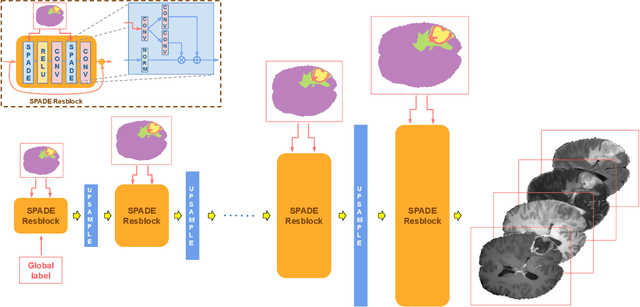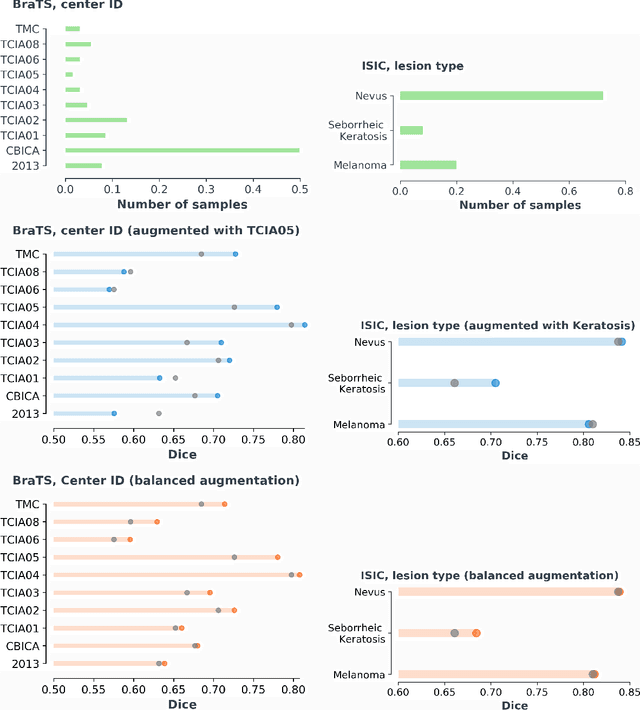Ahmad B Qasim
Recurrent Neural Networks for video object detection
Oct 29, 2020



Abstract:There is lots of scientific work about object detection in images. For many applications like for example autonomous driving the actual data on which classification has to be done are videos. This work compares different methods, especially those which use Recurrent Neural Networks to detect objects in videos. We differ between feature-based methods, which feed feature maps of different frames into the recurrent units, box-level methods, which feed bounding boxes with class probabilities into the recurrent units and methods which use flow networks. This study indicates common outcomes of the compared methods like the benefit of including the temporal context into object detection and states conclusions and guidelines for video object detection networks.
Red-GAN: Attacking class imbalance via conditioned generation. Yet another medical imaging perspective
Apr 30, 2020



Abstract:Exploiting learning algorithms under scarce data regimes is a limitation and a reality of the medical imaging field. In an attempt to mitigate the problem, we propose a data augmentation protocol based on generative adversarial networks. We condition the networks at a pixel-level (segmentation mask) and at a global-level information (acquisition environment or lesion type). Such conditioning provides immediate access to the image-label pairs while controlling global class specific appearance of the synthesized images. To stimulate synthesis of the features relevant for the segmentation task, an additional passive player in a form of segmentor is introduced into the the adversarial game. We validate the approach on two medical datasets: BraTS, ISIC. By controlling the class distribution through injection of synthetic images into the training set we achieve control over the accuracy levels of the datasets' classes.
 Add to Chrome
Add to Chrome Add to Firefox
Add to Firefox Add to Edge
Add to Edge